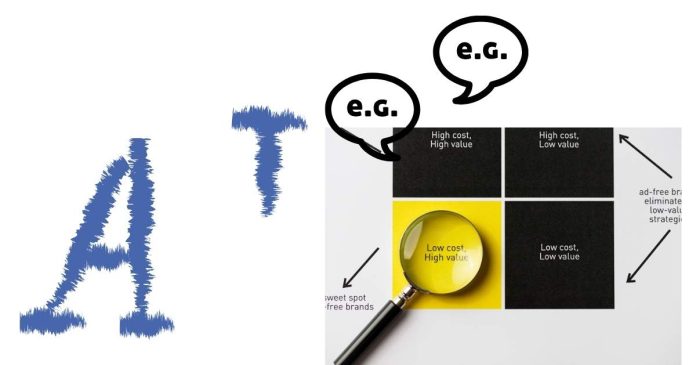Transpose of a Matrix
The transpose of a matrix is a new matrix obtained by flipping the rows and columns of the original matrix.
If the original matrix is denoted as A=[aij]A = [a_{ij}], where aija_{ij} represents the element in the ii-th row and jj-th column of the matrix, then the transpose of AA, denoted by ATA^T, is defined as:
AT=[aji]A^T = [a_{ji}]
This means the element in the ii-th row and jj-th column of AA becomes the element in the jj-th row and ii-th column of ATA^T.
Formula
If you have a matrix A= will be:
AT=[a11a21a12a22a13a23]
Thus, the rows of AA become the columns of ATA^T.
How to Find the Transpose of a Matrix
To find the transpose of a matrix:
- Switch Rows and Columns: Write the rows of the original matrix as columns in the new matrix.
- Position Elements Appropriately: The element in the ii-th row and jj-th column of the original matrix becomes the element in the jj-th row and ii-th column in the transposed matrix.
Example 1
Given the matrix:
A=[123456]A = \begin{bmatrix} 1 & 2 & 3 \\ 4 & 5 & 6 \end{bmatrix}
The transpose ATA^T is:
AT=[142536]A^T = \begin{bmatrix} 1 & 4 \\ 2 & 5 \\ 3 & 6 \end{bmatrix}
Example 2
For the matrix:
B=[789101112]B = \begin{bmatrix} 7 & 8 \\ 9 & 10 \\ 11 & 12 \end{bmatrix}
The transpose BTB^T is:
BT=[791181012]B^T = \begin{bmatrix} 7 & 9 & 11 \\ 8 & 10 & 12 \end{bmatrix}
Properties of the Transpose
- Double Transpose: (AT)T=A(A^T)^T = A.
- Addition of Matrices: (A+B)T=AT+BT(A + B)^T = A^T + B^T.
- Scalar Multiplication: (cA)T=cAT(cA)^T = cA^T, where cc is a scalar.
- Matrix Multiplication: (AB)T=BTAT(AB)^T = B^T A^T.
Conclusion
The transpose of a matrix is a simple but useful operation, particularly in linear algebra, where it helps in solving systems of equations, finding matrix determinants, and more.


